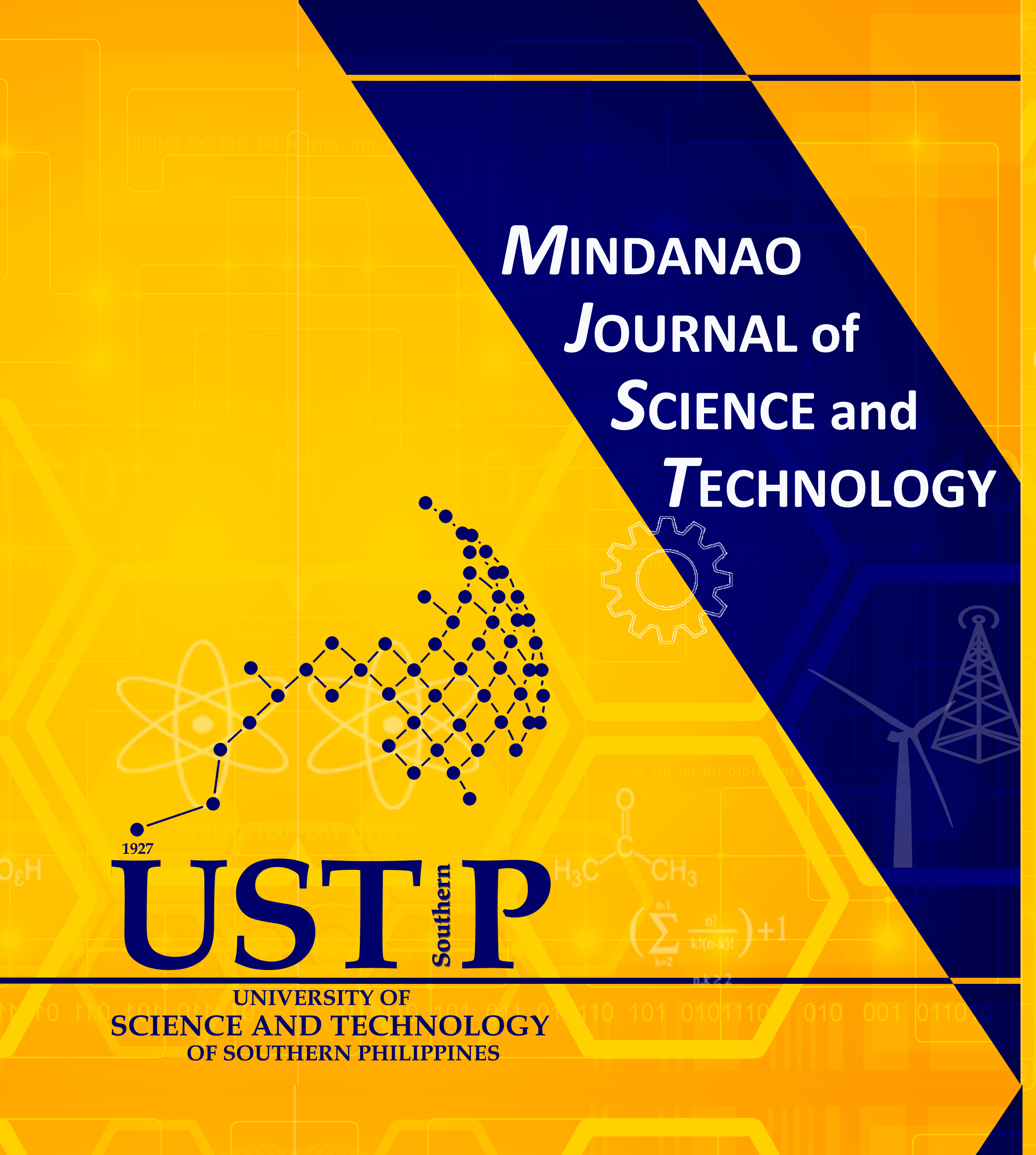Non-Destructive Prediction of Moisture Content of Philippine Coffea arabica and Coffea liberica Green Beans Using Locally-Developed NIR Spectroscopy Instrument
Keywords:
partial least squares, root mean square error of prediction, multivariate calibration models, coefficient of determinationAbstract
Near-infrared (NIR) spectroscopy is a spectroscopic technique that uses the NIR region of the electromagnetic spectrum and analyzes the degree of absorption. It is widely used in agriculture to determine rapidly and non-destructively the internal or external qualities of agricultural products since traditional techniques are costly, labor-intensive and time-consuming. In green coffee beans, moisture content (MC) is one of the most important quality parameters; hence, rapid and reliable measurement of the attribute is essential. This study aimed to predict the MC of green coffee beans of four varieties of Coffea arabica (Typica, Caturra, Red Bourbon and Yellow Bourbon) and two accessions of Coffea liberica (Tolentino and Calabuso) using the local NIR spectrometer developed by previous researchers. Absorbance spectra of 100 samples for each variety/accession were collected and their MC was analyzed using the gravimetric method. The multivariate calibration models that considered 30 components in the region of water were established using R software by partial least squares (PLS) regression and validated using a separate set of samples. Results showed that the PLS regression model could develop multivariate models that can predict the MC of coffee beans. Among the six coffee samples, the calibration model for C. arabica – Typica obtained the highest cross-validated coefficient of determination (R 2 cv = 0.8556) with cross-validated root mean square error of prediction (RMSEPcv) of 0.6355 while C. liberica – Tolentino obtained the lowest R2 cv (0.6169) with RMSEPcv of 1.128.










